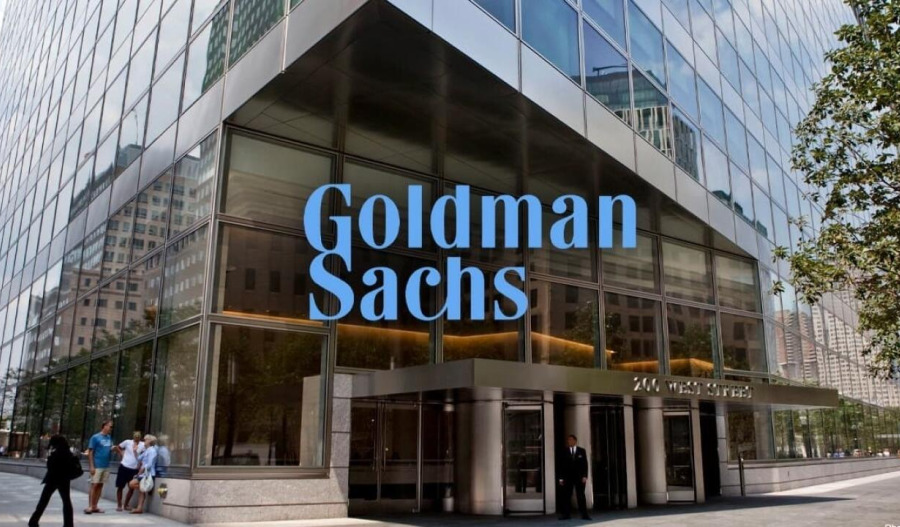Whether it’s a byproduct of geopolitical tensions, macroeconomic instability, or simply reflects the frazzled state of investors groping for greater portfolio resilience amid unprecedented market uncertainty, hedge funds are again on the rise.
After a period of muted flows, hedge funds have witnessed a resurgence of investor interest, with global assets under management (AUM) recently reaching a record high.
The sector is understood to have attracted around US$34 billion (A$52.3 billion) in net new capital in the third quarter of 2025 alone, marking the biggest quarterly inflow since 2007.
According to data from Hedge Fund Research (HFR), total global AUM has now been pushed to a record $5 trillion.
Fund inflow into hedge funds has clearly benefitted from the idiosyncratic nature of markets, with asset managers grappling with long-standing issues around benchmarks, performance and costs.
Hedge funds ride AI and infrastructure wave
Kenneth Heinz, president of HFR attributes hedge fund historic growth performance in recent months to a combination of powerful trends, including accelerating M&A, expanding cryptocurrency investment, falling geopolitical risk, expectations for lower interest rates, and an unprecedented surge in strategic AI investment and infrastructure.
Hedge funds' exposure to AI-related tech hardware reached its highest in October since Goldman Sachs started tracking the data in 2016.
As valuations of Nvidia, OpenAI and other artificial-intelligence companies continue to soar, so too have investments in hedge funds hoping to ride the AI wave.
Closer to home, despite challenging market conditions, hedge funds have looked to lithium and shorted the living daylights out of the sector’s biggest listed miners – Pilbara Minerals (ASX: PLS), IGO (ASX:IGO), Mineral Resources (ASX: MIN) and Liontown Resources (ASX: LTR).
Betting that the market is oversupplied, and that the lithium price will remain tanked illustrates the lengths hedges fund will go to in an attempt to remain true to label and deliver absolute returns.
But having played lithium miners’ share price falls to near perfection, hedged funds have continued to with their negative bets on the uranium sector.
Prepping investments for a new world order
According to Andrew Whittaker, investment director at investment manager and sovereign investor QIC, the $131 billion firm had overhauled its hedge fund strategy over the last year or so to reflect more eclectic or skill-based managers.
Citing macro trends including deglobalisation, demographics, sustainability, financialisation and tech disruption, Whittaker recently told delegates at a Fiduciary Investors Symposium that the world order has changed.
“We’re trying to prepare our portfolio for a number of different scenarios. We think hedge funds are part of the answer here in a highly uncertain world which is characterised by asset class volatility and asset class dispersion.”
Whittaker expects higher inflation and lower growth, and modest future returns, to create a challenging backdrop to the future investment opportunities.
Expanding hedge fund strategies
The trouble with traditional hedge fund diversifiers like commodity trading advisor (CTA) global macro strategy is that they're not good at catching the really sharp spikes.
As a result, NGS Super currently sees greater importance in leaning towards the more convex long-volume type strategies that profit from both large positive and large negative market events by being long volatility.
While hedge fund strategy initially began as an all-weather approach aimed at delivering extra diversification and higher returns during sustained equity market drawdowns, Carson Drummond, NGS manager, (liquid alternatives), notes that it now includes more diverse strategies.
With markets having rebounded quickly from events like the Liberation Day downturn and the 2023 Silicon Valley Bank crisis, he reminds asset managers that they no longer have to pay up as much as they think to get that kind of more reliable protection, rather than just the statistically diversifying protection.
“We’re seeing these really quick recoveries and lots of whip sawing and so I think it’s important to start to protect portfolios against more of that type of behaviour,” said Drummond.
NGS Super has also appointed managers to capitalise on secular trends, including a carbon manager focused on the energy transition and a long-short manager focused on the healthcare sector to take advantage of aging demographics.
Tackling regulatory hurdles
While QIC is looking towards the asset class to generate an uncorrelated risk-adjusted return stream, super funds like NGS Super have an extra complicating hurdle.
What the Your Future Your Super performance test does is benchmark alternatives against equities and cash – the very assets that hedge funds are attempting to diversify portfolios away from.
According to Drummond, it’s this primary consideration that limits NGS Super’s liquid alternatives portfolio allocation to around 2%.
“There are some other ways that we’re exploring to potentially increase that allocation by introducing things like portable alpha,” he said.
“Effectively you can turn any hedge fund strategy into portable alpha and mitigate that benchmark risk just with a derivatives overlay. It is better if you can get the manager to do it and find more capital efficient ways to do it.”
Alpha at a reasonable price
While no one wants to be fourth quartile in fees, some hedge funds have been increasing their fees and lock-ups in the knowledge that their multi-asset strategies and solutions were generating significant alpha.
However, Katie Petering, BlackRock managing director, head of investment strategy, reminded the market it’s still possible to find very reasonable fees for idiosyncratic, uncorrelated, independent alpha for the whole portfolio, and with a great, long track record of consistency and adding value.
BlackRock tends to choose hedge fund programs that are highly diversified and market neutral.
“Essentially, if you can select a portfolio of hedge funds that are additive and complementary to each other, that have low correlation to each other, that are market neutral, that systematically eliminate macro risk and factor risk and style, risk and beta from the portfolio," said Petering.
"[That] is a great combination and will give you the properties that you’re looking for as a multi-asset investor.”
It’s also important, adds Petering, to clearly define the utility of a hedge fund in a portfolio, such as high alpha, risk mitigation, and portfolio diversification, before then looking at the hedge fund characteristics and building a portfolio.
Understand why you’re attracted to hedge funds
Meanwhile, when it comes to hedge funds, QIC’s Andrew Whittaker warns institutional investors to be fully aware of what they own and why they own them.
“We’re going into hedge funds eyes wide open. We see a lot of alpha or purported alpha, but it’s really beta masquerading as alpha. So be careful of what you own and why you own it,” Whittaker said.
“The quantitative evidence would suggest that you have to pay up. You have to pay the fees to get that top quartile hedge fund return. And there’s a big disparity between a top quartile hedge fund manager, which can give you a Sharpe [ratio] of four, and a bottom quartile hedge fund manager, which gives you a Sharpe minus 2.7.”
Are hedge funds right for you?
Before adding a hedge fund to your portfolio, consider your financial goals, risk tolerance, and investment horizon.
If you are a high-net-worth individual with experience in complex investments and can tolerate the high fees and risks for the potential benefits of diversification and returns, it might be a consideration.
However, for most retail investors, traditional assets like stocks, bonds, and mutual funds offer better transparency, liquidity, and cost-effectiveness.
While retail-friendly options with lower minimums are also emerging, it's important to understand they may not completely replicate traditional hedge funds.



